Assignment Earth, Environmental Journalism, Environmental Protection / 11.03.2011
Assignment Earth: Caution: Mule Deer Crossing – The Joy Trip Project
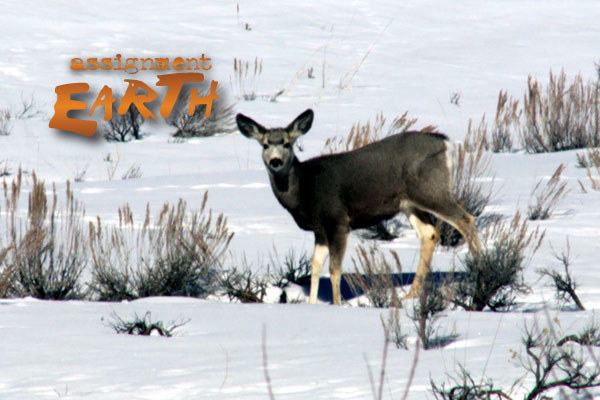 Collisions with automobiles make it pretty clear where Mule Deer don’t make it across the road. But what researchers want to find out is where they do. The answer is important as officials in Wyoming get ready to expand major highways -some up to five lanes- that run through this wildlife rich gateway to Grand Teton and Yellowstone National Parks.
“If we can figure out where animals are crossing, we can at least hope to reduce some of those wildlife vehicle collisions, which will help from a population perspective to keep the animals alive,” said Embere Hall of Teton Science Schools. “Secondly it will help improve human safety. No one wants to hit an animal with their car.”
A three-year study is underway to better understand the highway-crossing behavior of mule deer. At a cost of my more than $300,000 this labor intensive project aims to discover exactly how animals maneuver through this increasingly busy valley.
Collisions with automobiles make it pretty clear where Mule Deer don’t make it across the road. But what researchers want to find out is where they do. The answer is important as officials in Wyoming get ready to expand major highways -some up to five lanes- that run through this wildlife rich gateway to Grand Teton and Yellowstone National Parks.
“If we can figure out where animals are crossing, we can at least hope to reduce some of those wildlife vehicle collisions, which will help from a population perspective to keep the animals alive,” said Embere Hall of Teton Science Schools. “Secondly it will help improve human safety. No one wants to hit an animal with their car.”
A three-year study is underway to better understand the highway-crossing behavior of mule deer. At a cost of my more than $300,000 this labor intensive project aims to discover exactly how animals maneuver through this increasingly busy valley.


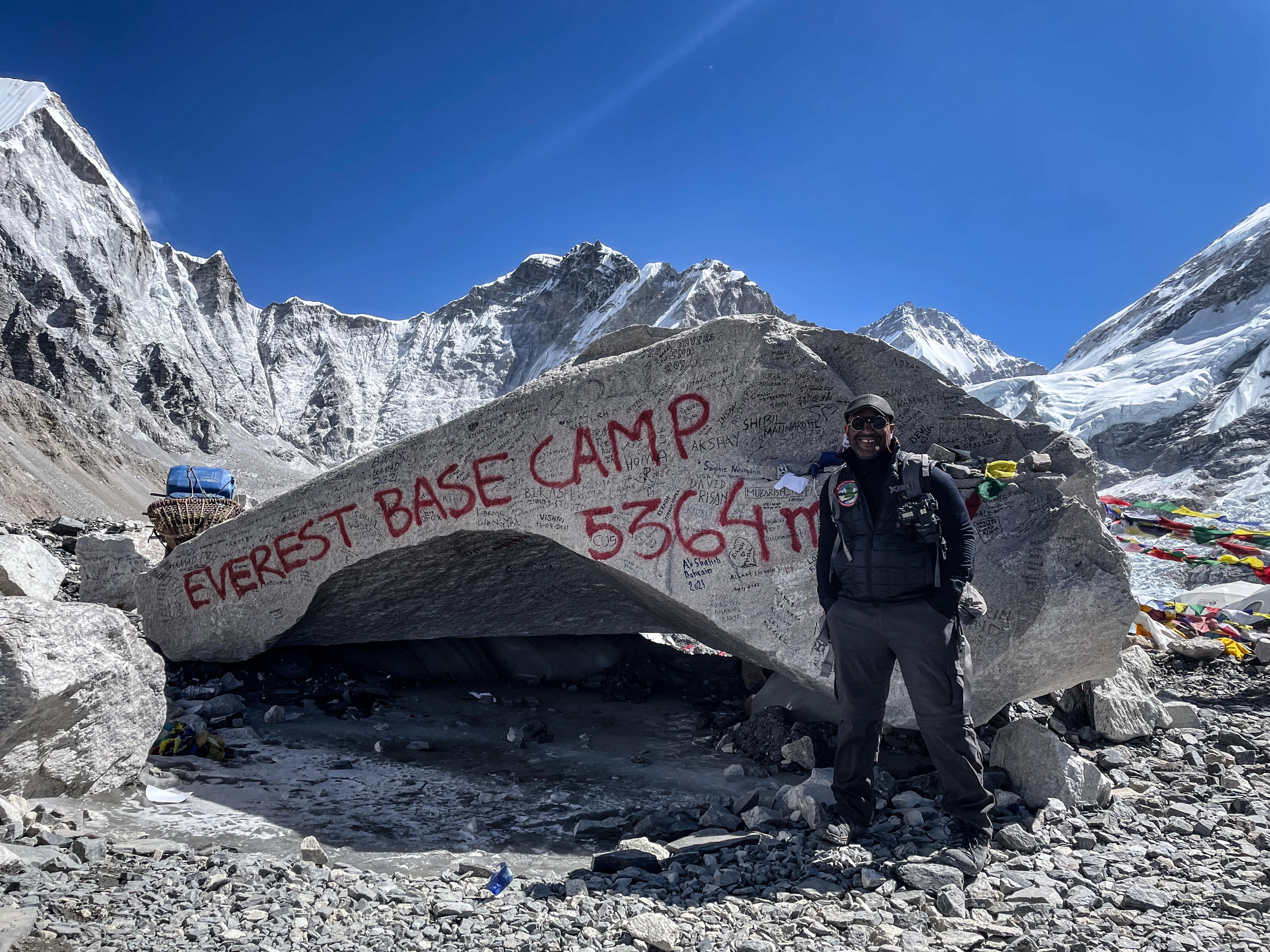

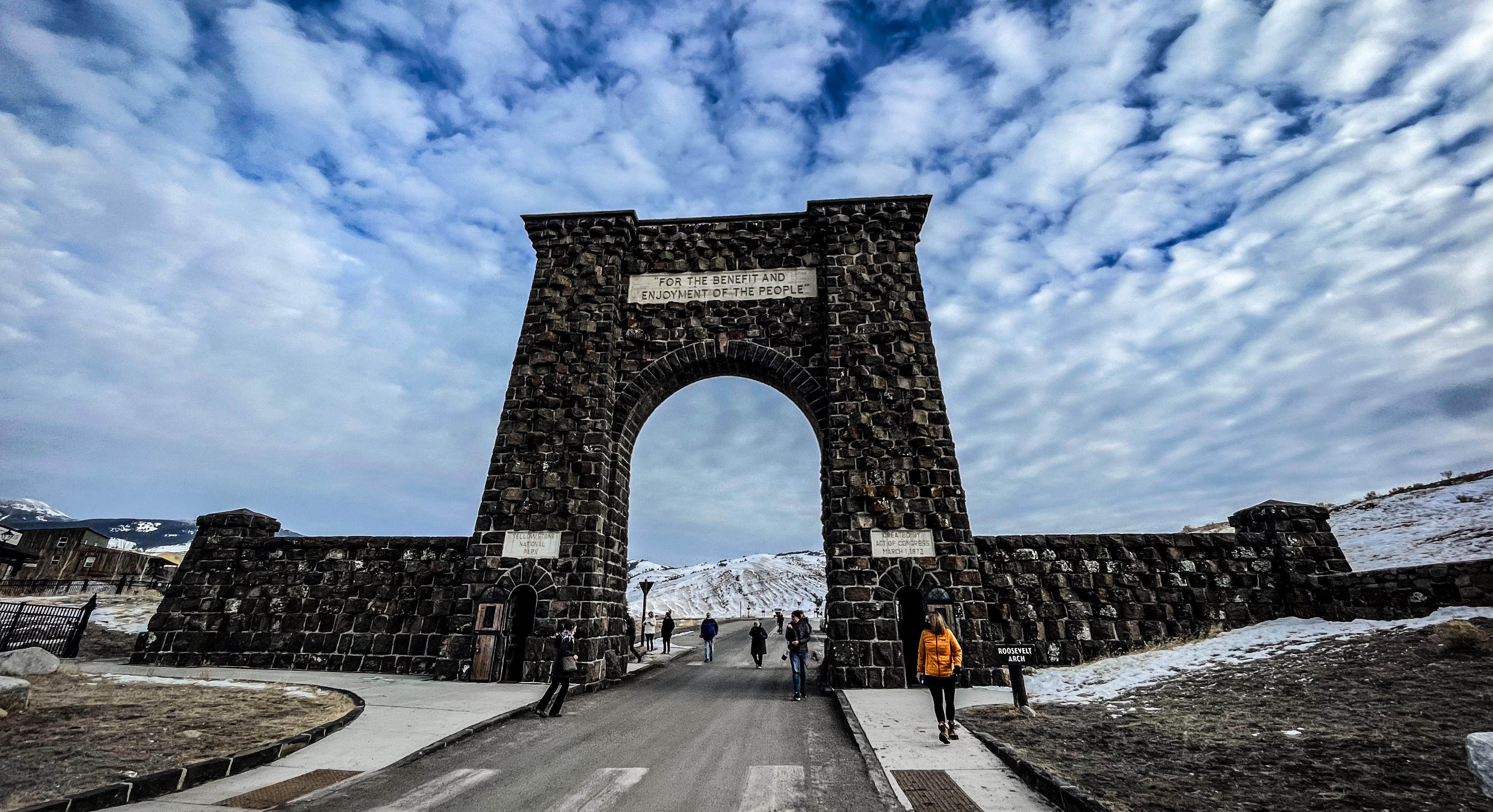
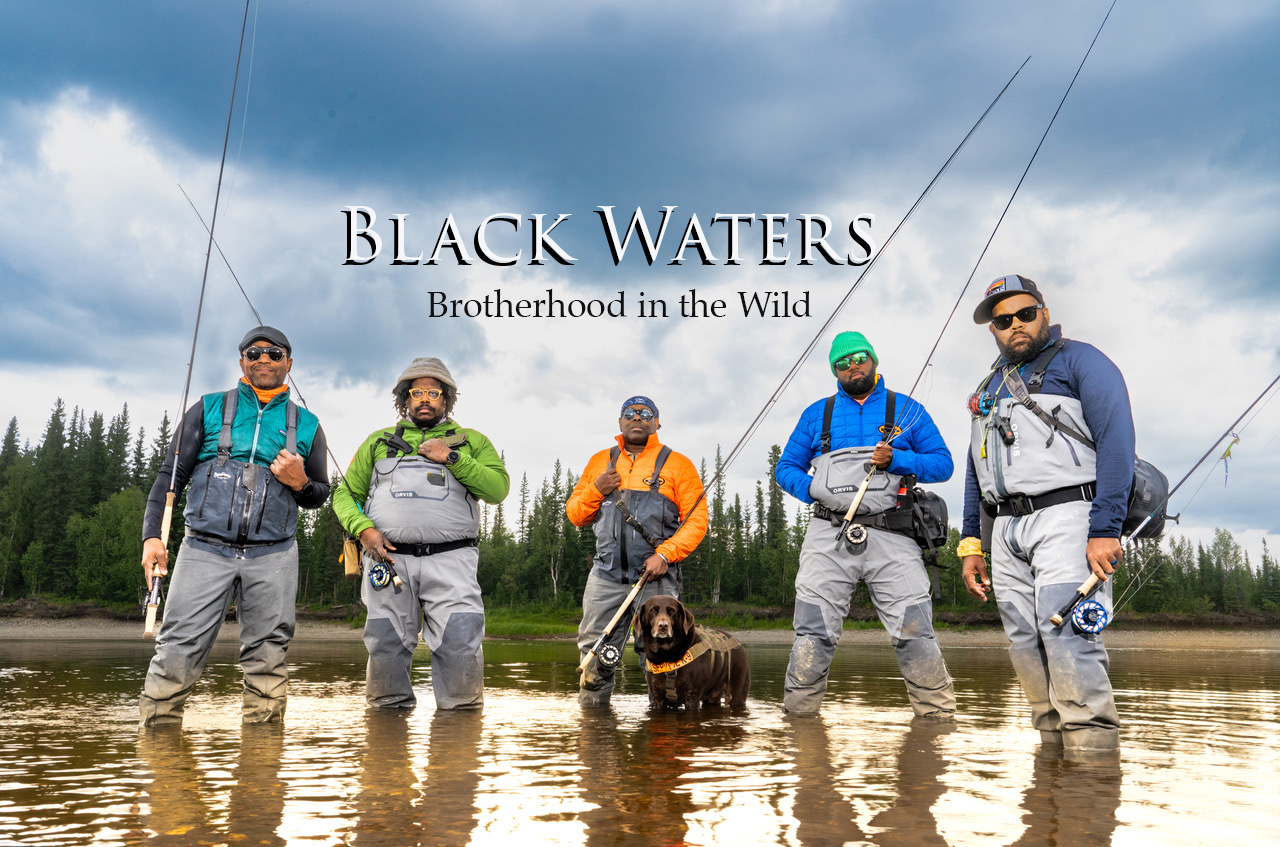
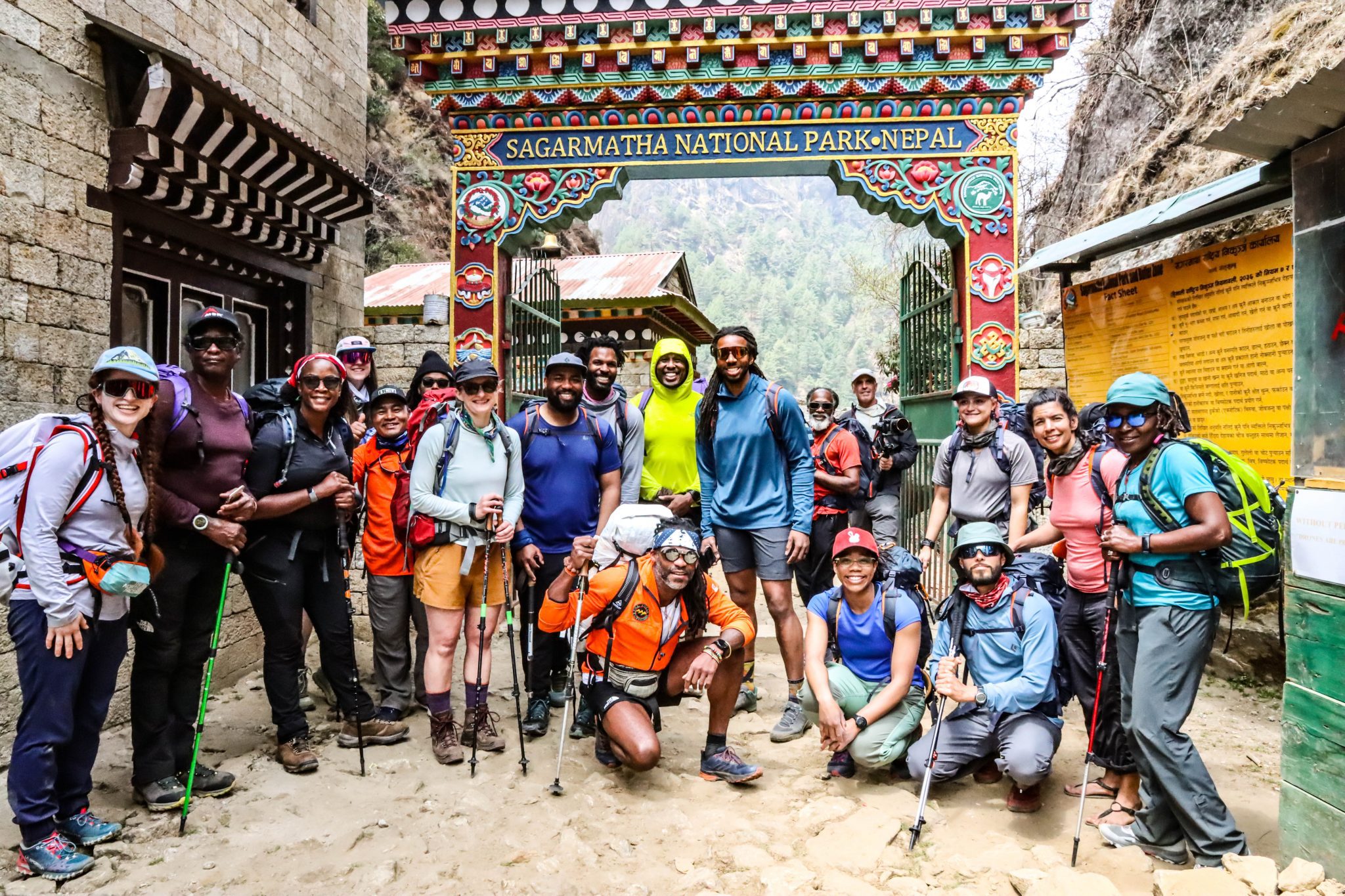
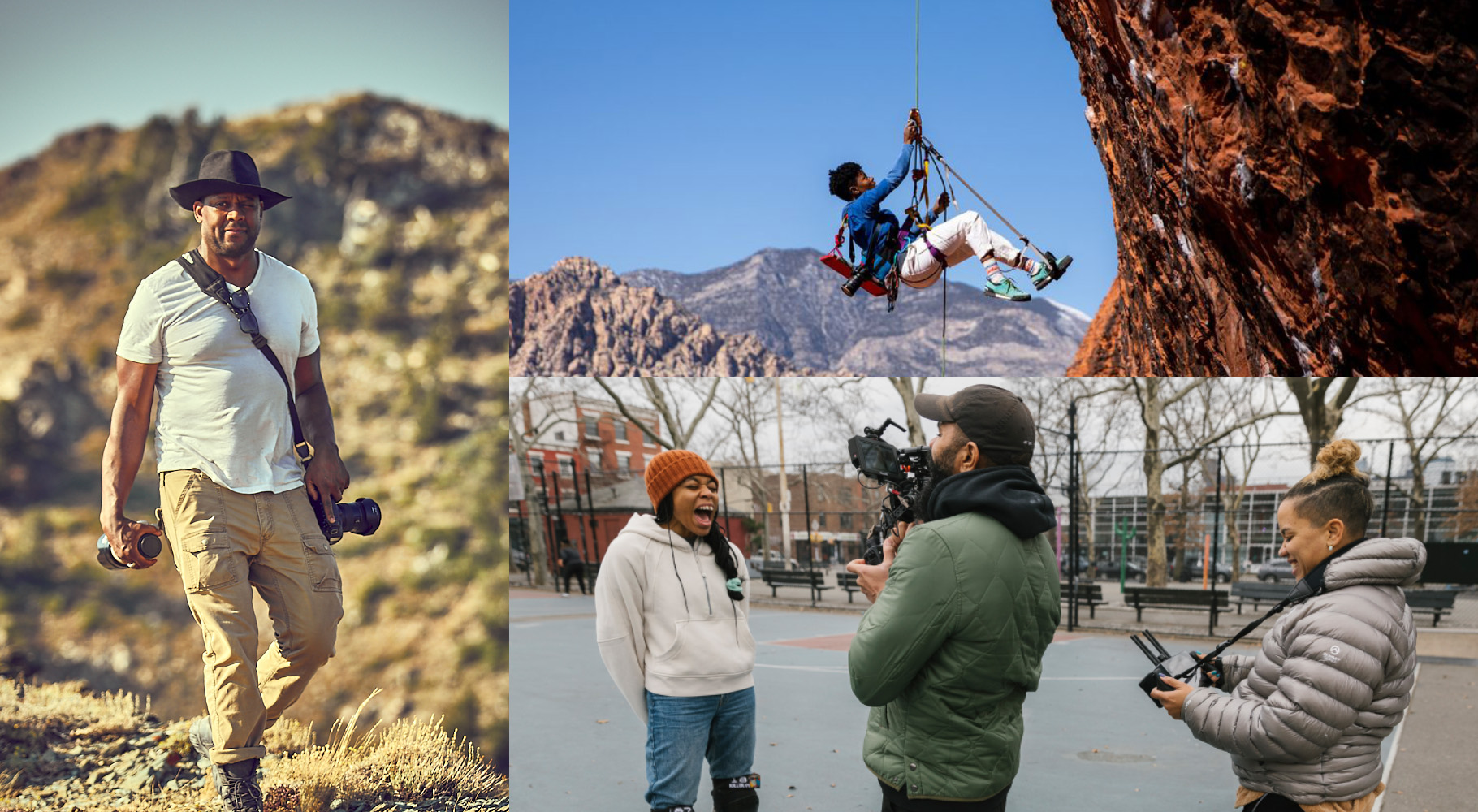


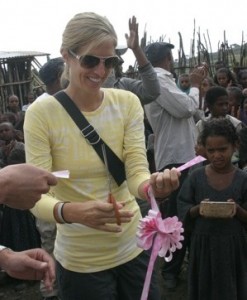 There’s hardly a storage of news to be had in our worldwide 24/7 media cycle. What’s remarkable is the sheer volume of information out there that tends to clog the pipe and make it difficult to find those articles that truly help to shape our thoughts. For those of us engaged in an active sustainable lifestyle there are several stories worth following this week that can both inspire and encourage our personal efforts to make the world a better place.
There’s hardly a storage of news to be had in our worldwide 24/7 media cycle. What’s remarkable is the sheer volume of information out there that tends to clog the pipe and make it difficult to find those articles that truly help to shape our thoughts. For those of us engaged in an active sustainable lifestyle there are several stories worth following this week that can both inspire and encourage our personal efforts to make the world a better place.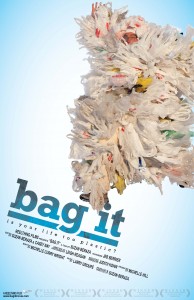 Several documentaries in recent years have made American consumers rethink the many products they purchase and…well… consume. Outrage over the seemingly irreparable harm imposed upon the planet and our personal health is compelling many to make proactive choices to rid their lives of plastic single-use disposable containers. The film
Several documentaries in recent years have made American consumers rethink the many products they purchase and…well… consume. Outrage over the seemingly irreparable harm imposed upon the planet and our personal health is compelling many to make proactive choices to rid their lives of plastic single-use disposable containers. The film 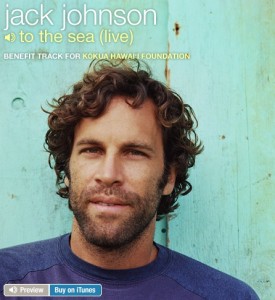
 Protests over collective bargaining continue into their third week here in Wisconsin. Despite a turnout of almost 80,000 who reject the Budget Repair Bill, Governor Walker is holding firm in his assertion that the State’s deficit of $137 million can only be resolved by stripping unions of their right to negotiate for benefits such as better working conditions and health care. Although this blog is dedicated to telling stories about the sustainable active lifestyle it’s important that we recognize the value that hard working public employees bring to the protection of our wild and scenic places. In this country men and women on the payroll of state and federal governments perform the service of conservation. In it less for the money than their love of the natural environment these unionized workers typically settle for low wages, fewer vacation days and medical benefits in order to do the vital work of protecting our green spaces.
Protests over collective bargaining continue into their third week here in Wisconsin. Despite a turnout of almost 80,000 who reject the Budget Repair Bill, Governor Walker is holding firm in his assertion that the State’s deficit of $137 million can only be resolved by stripping unions of their right to negotiate for benefits such as better working conditions and health care. Although this blog is dedicated to telling stories about the sustainable active lifestyle it’s important that we recognize the value that hard working public employees bring to the protection of our wild and scenic places. In this country men and women on the payroll of state and federal governments perform the service of conservation. In it less for the money than their love of the natural environment these unionized workers typically settle for low wages, fewer vacation days and medical benefits in order to do the vital work of protecting our green spaces.
You must be logged in to post a comment.